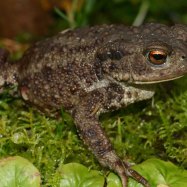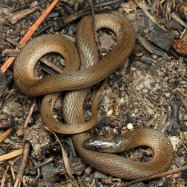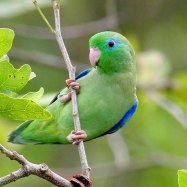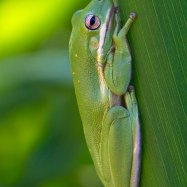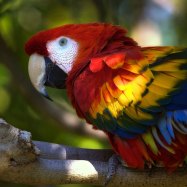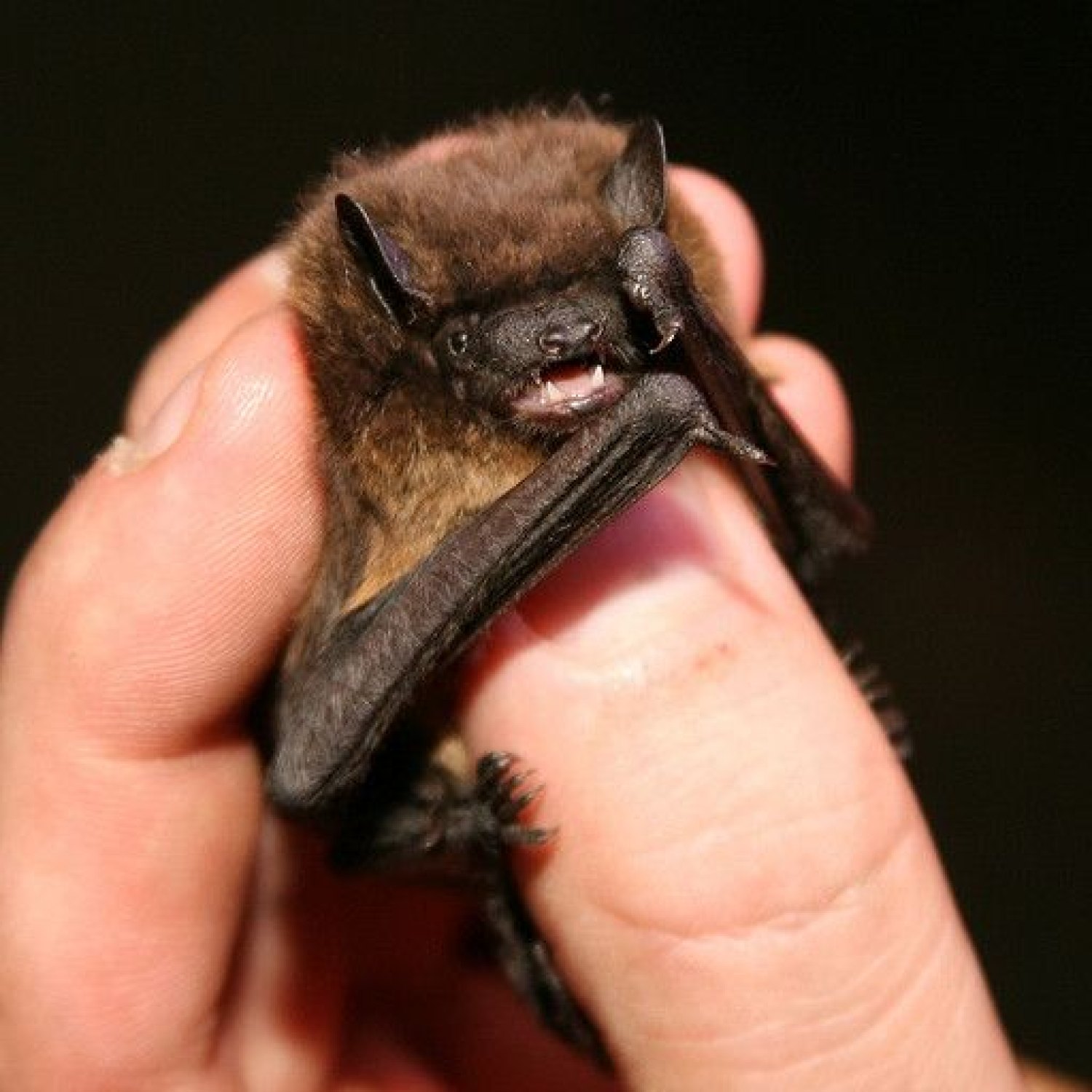
Evening Bat
3.5-4.5 inches
The Evening Bat, found in Eastern, Central, and southwestern parts of the US, is a small and slender mammal with a wingspan of 8-11 inches. It belongs to the Vespertilionidae family and is known for its distinctive evening flight pattern. These creatures play a crucial role in controlling insect populations, making them a vital part of our ecosystem. #EveningBat #Wildlife #Bats
Animal Details Summary:
Common Name: Evening Bat
Kingdom: Animalia
Habitat: Forests, woodlands, and urban areas
The Mystical Evening Bat: A Marvel of Nature
The world is full of incredible creatures, each with their own unique features and abilities. But one particular animal stands out for its mystical qualities and captivating nature - the Evening Bat or Nycticeius humeralis. Found in North America, these small and slender bats have captured the imagination of many with their fascinating behavior and striking appearance.A Kingdom of Wonders
The Evening Bat belongs to the animal kingdom, which is truly a masterpiece of nature Evening Bat. With millions of species categorized into different kingdoms, phyla, and classes, the animal kingdom is a diverse and wondrous place. The Evening Bat falls under the phylum of Chordata, which includes all animals with a spinal cord, and the class of Mammalia, which includes mammals that nourish their young with milk.But what truly sets the Evening Bat apart is its order - Chiroptera, which refers to bats. Bats are the only mammals that can truly fly, thanks to their wings made of skin stretched between their elongated fingers. This feature is what gives the Evening Bat its graceful and almost magical flight, making it a true wonder of the animal kingdom.
A Family of Vespertilionidae
Within the order of Chiroptera, the Evening Bat belongs to the family of Vespertilionidae. This family includes over 300 different species of bats, making it one of the largest bat families in the world. The Evening Bat is just one of these species, but it stands out for its unique features and behavior.Home is Where the Heart is
The Evening Bat is a creature of habit, and it can be found in various habitats, including forests, woodlands, and even urban areas Eurasian Eagle Owl. These bats are highly adaptable and can thrive in different environments, making them a common sight in North America.But what's truly fascinating is their geographical distribution. The Evening Bat can be found in the United States and Mexico, with the majority of their population located in the eastern, central, and southwestern parts of the United States. However, they are most commonly seen in Texas, Florida, and Alabama.
An Appetite for Insects
Unlike other bats that primarily feed on fruits or nectar, the Evening Bat is strictly insectivorous. This means that their diet consists of insects, making them an essential part of the ecosystem. In one hour, an Evening Bat can consume up to 1,200 insects, which is a staggering feat for an animal that weighs only ⅓ of an ounce.Their preference for insects also makes the Evening Bat a valuable species for farmers. With their voracious appetite for pests such as moths and beetles, these bats play a crucial role in controlling insect populations and protecting crops.
A Paintbrush of Nature
The Evening Bat has a distinctive and striking appearance, with its brown coloration earning it the nickname "paintbrush of nature." Unlike other bats, the Evening Bat's fur is a shade of brown, which helps them blend in with their surroundings while roosting during the day. This also serves as camouflage when they are on the hunt for insects at night.Measuring at 3.5-4.5 inches in length, the Evening Bat may be small, but it is full of unique features that make it stand out among other bat species.
A Dreamy Ecosystem
The Evening Bat is not only fascinating on its own, but it also plays a crucial role in its ecosystem. As insectivorous animals, they help control insect populations, making them essential for a healthy balance in nature. They also play a crucial role in seed dispersal, aiding in the growth and regeneration of plants.Moreover, they are an essential food source for various predators, including owls, snakes, and even other bats. This intricate web of interactions in their ecosystem highlights the vital role that the Evening Bat plays in maintaining a healthy and sustainable environment.
A Natural Wonder of North America
The Evening Bat is a truly unique and special creature, with its striking appearance and mystical behavior captivating the hearts of many. Its adaptability to different habitats and its important role in its ecosystem make it a valuable species in North America.Sadly, like many other animals, the Evening Bat is facing threats to its existence. Habitat loss and disturbance, as well as the use of pesticides, are just some of the challenges that these bats face. That is why it is crucial to educate and raise awareness about this incredible species and its importance in the ecosystem.
Discover the Mysteries of the Evening Bat
In conclusion, the Evening Bat, also known as Nycticeius humeralis, is a remarkable animal that continues to amaze and intrigue us. From its unique features and behavior to its vital role in its ecosystem, this bat is truly a marvel of nature.If you ever come across an Evening Bat, take a moment to appreciate its beauty and the wonders of its existence. Let us all work together to protect and preserve this incredible creature, ensuring that future generations can continue to marvel at its enchanting qualities.

Evening Bat
Animal Details Evening Bat - Scientific Name: Nycticeius humeralis
- Category: Animals E
- Scientific Name: Nycticeius humeralis
- Common Name: Evening Bat
- Kingdom: Animalia
- Phylum: Chordata
- Class: Mammalia
- Order: Chiroptera
- Family: Vespertilionidae
- Habitat: Forests, woodlands, and urban areas
- Feeding Method: Insectivorous
- Geographical Distribution: North America
- Country of Origin: United States, Mexico
- Location: Eastern, Central, and southwestern parts of the United States
- Animal Coloration: Brown
- Body Shape: Small and slender
- Length: 3.5-4.5 inches
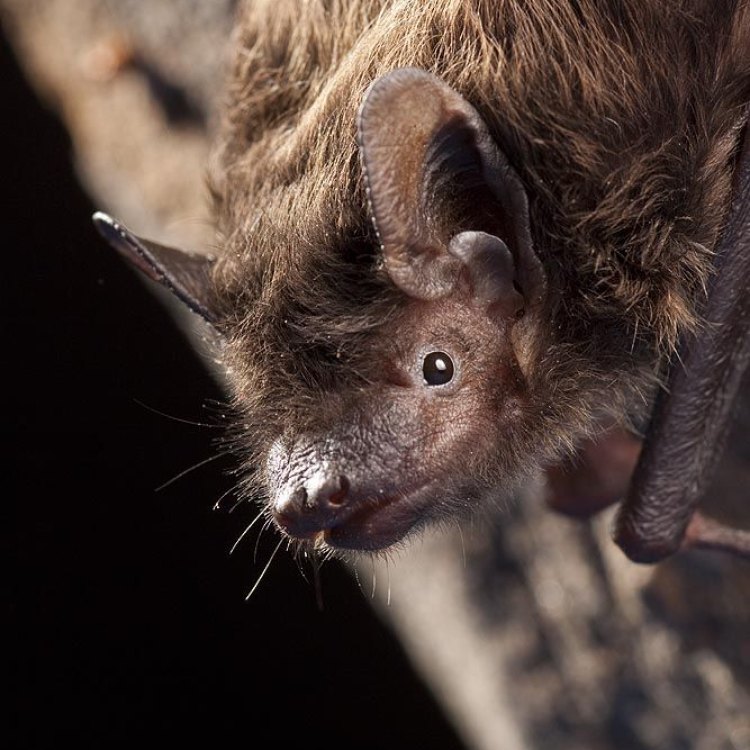
Evening Bat
- Adult Size: Wingspan of about 9-10 inches
- Average Lifespan: 3-5 years
- Reproduction: Sexual
- Reproductive Behavior: Breeding occurs in the fall
- Sound or Call: Calls are low frequency and usually not audible to humans
- Migration Pattern: Mostly sedentary, but may migrate short distances
- Social Groups: Solitary or occur in small groups
- Behavior: Nocturnal and highly agile flyers
- Threats: Habitat loss, pesticides, and white-nose syndrome
- Conservation Status: Least Concern
- Impact on Ecosystem: Important for insect control
- Human Use: No known direct uses
- Distinctive Features: Large ears and a narrow, elongated snout
- Interesting Facts: Evening bats are one of the most common bats in North America
- Predator: Owls, hawks, and snakes
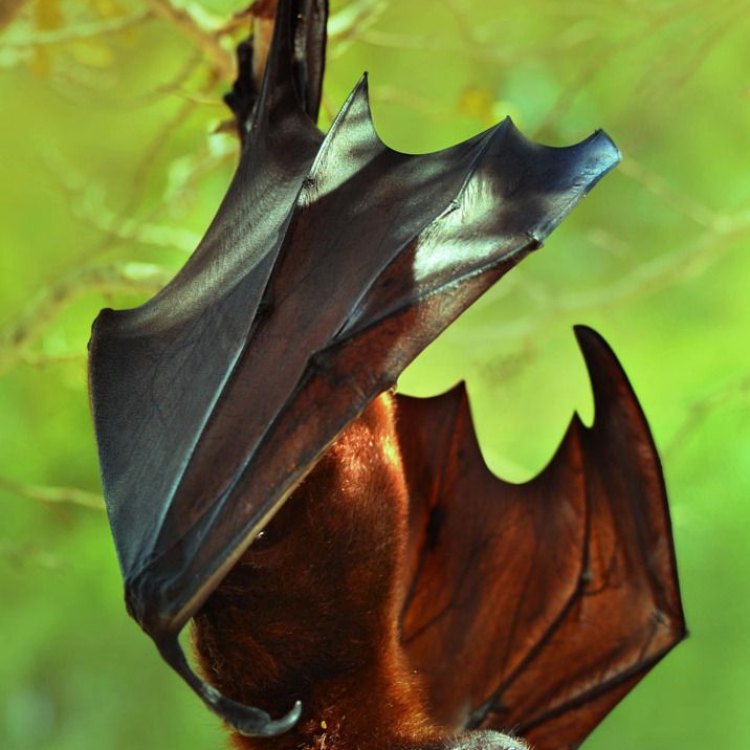
Nycticeius humeralis
The Fascinating World of the Evening Bat
Bats have long been associated with darkness, mystery, and fear. These creatures of the night have been depicted in countless movies, books, and urban legends. But there is so much more to bats than meets the eye. One fascinating species of bat that often goes unnoticed is the Evening bat PeaceOfAnimals.Com.The Evening bat, also known as the big brown bat, belongs to the Vespertilionidae family. It is one of the most abundant and widespread bats in North America, found in most of the United States, Mexico, and southern Canada. Despite its commonness, there is still much to discover about this fascinating creature.
The Size & Lifespan of the Evening Bat
The Evening bat is a medium-sized bat, with a wingspan of about 9-10 inches. Its body is about 3-4 inches long, and it weighs between 0.5 to 0.7 ounces. This species exhibits a slight degree of sexual dimorphism, with males being slightly larger than females.
In terms of lifespan, the Evening bat is relatively short-lived, with an average lifespan of 3-5 years Elf Owl. However, some individuals have been known to live up to 18 years in captivity.
Reproduction in Evening Bats
The Evening bat, like most bat species, is a sexual reproducer. Breeding occurs in the fall, with females giving birth to a single offspring. They are known to have delayed fertilization, in which the sperm fertilizes the egg just before hibernation. This ensures that the female is able to give birth to a healthy pup in the spring when food is abundant.
Behavior & Social Life
The Evening bat is a highly agile and adept flyer, thanks to its large, thin wings. They are known to be most active at dusk and to hunt for insects throughout the night. They use echolocation, emitting high-frequency sounds and listening for the echoes to detect prey and avoid obstacles.
In terms of social life, Evening bats are primarily solitary creatures, but they may also occur in small groups. They roost in trees, caves, abandoned buildings, and other dark, sheltered areas. During the day, they often cluster together, with individuals pressing their bodies against one another for warmth and protection.
Migratory Patterns & Eating Habits
While Evening bats are mostly sedentary, they may occasionally migrate short distances for food or to find suitable roosting spaces. Their diet mainly consists of flying insects, such as beetles, moths, and mosquitoes. It is estimated that a single Evening bat can consume up to 600 insects in an hour, making them an invaluable asset for insect control.
Threats to the Evening Bat
Unfortunately, Evening bats, like many other bat species, face numerous threats in their natural habitats. Habitat loss, due to urbanization and deforestation, is one of the major threats to their survival. Pesticides also pose a significant risk, as they can reduce the number of insects available for bats to feed on.
Moreover, the Evening bat is also susceptible to a deadly fungal disease known as white-nose syndrome. This disease has decimated bat populations, causing massive declines in their numbers across North America. As a result, the Evening bat is listed as a species of conservation concern in several states.
The Impact of Evening Bats on Ecosystems
Despite their fearsome reputation, Evening bats play a critical role in maintaining the balance of ecosystems. By consuming vast amounts of insects, they help to keep pest populations in check, benefiting farmers, gardeners, and the general public. They also serve as prey for larger predators, such as owls, hawks, and snakes, contributing to the food chain.
Interesting Facts about the Evening Bat
Did you know that Evening bats are one of the most common bats in North America? Despite their widespread presence, these bats are incredibly elusive and often go unnoticed by humans. They are also adept at echolocation, with calls that are usually too low for humans to hear.
Another interesting fact about Evening bats is their distinctive features. They have large ears and a narrow, elongated snout, which aids in their hunting and echolocation abilities. These features, coupled with their brown fur, help to distinguish them from other bat species.
Human Use & Conservation Status
Unlike other bat species, the Evening bat has no known direct uses for humans. However, they play an integral role in maintaining the health of our ecosystems, making their conservation crucial. Currently, the Evening bat is classified as a species of 'Least Concern' by the International Union for Conservation of Nature (IUCN). However, continued efforts are needed to monitor and protect their populations.
In Conclusion
The Evening bat may seem like just another ordinary bat, but a closer look reveals its exceptional abilities and importance in our ecosystems. As we continue to discover more about these mysterious creatures, it is essential to promote their conservation and raise awareness about the crucial role they play in our environment. The Evening bat may be small, but its impact is undoubtedly significant.
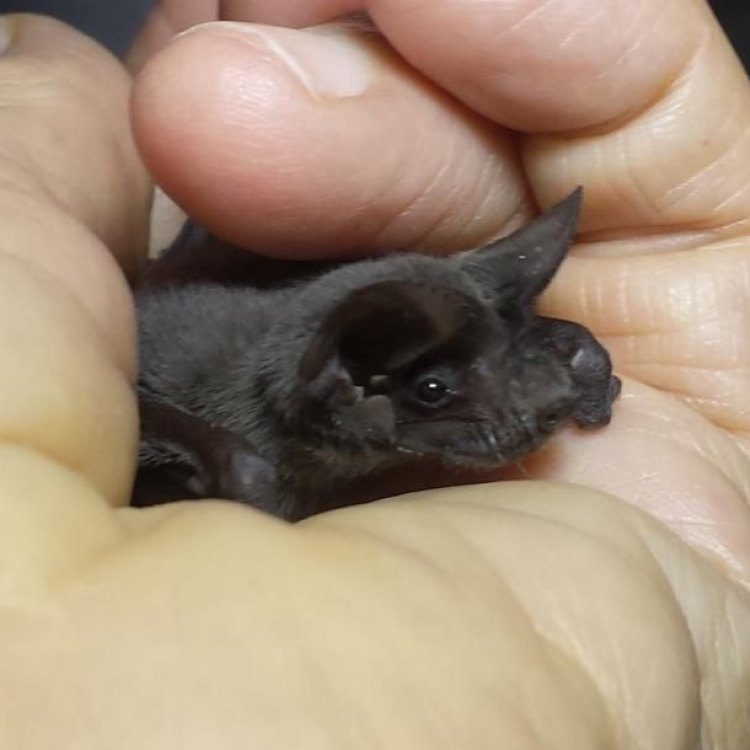
The Mystical Evening Bat: A Marvel of Nature
Disclaimer: The content provided is for informational purposes only. We cannot guarantee the accuracy of the information on this page 100%. All information provided here may change without prior notice.

